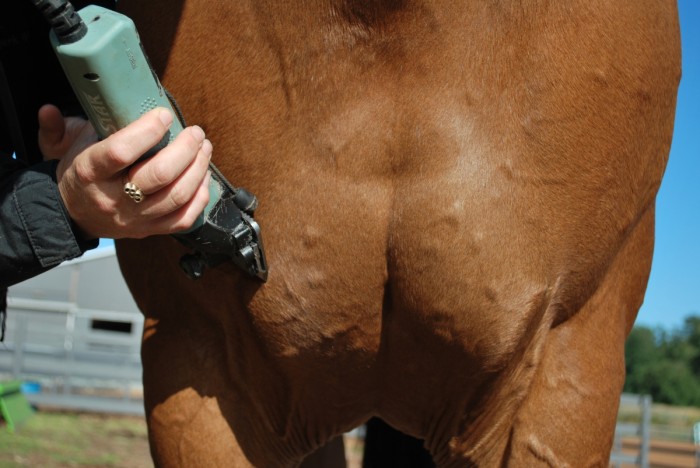
The effect of clipping on the behaviour of horses
Procedures that are deemed necessary as part of the management of the horse, such as clipping, can cause signs of increased activity and distress. The aim of this study was to evaluate behavioural and physiological measures to assess the aversive effect of the clipping procedure.
Ten horses were selected and divided into two groups (compliant and non-compliant) based on their previous behavioural response to clipping. Behavioural and physiological measurements were taken pre, during and post sham clipping. Behavioural responses were measured using video footage and behaviour was scored according to the level of relaxation. Heart rate, salivary cortisol and eye temperature were recorded throughout the procedure.
Results showed that the non-compliant horses were behaviourally less relaxed throughout the clipping procedure. These horses also showed a higher heart rate during the procedure, when compared to the compliant horses. All horses showed an increase in salivary cortisol concentration post procedure, this also applied for the eye temperature.
In contrast to the behavioural response, the physiological measures indicated that all horses found the clipping procedure aversive. Infrared thermography can be used as an objective tool to measure an animal’s response to a situation in order to evaluate management practices and adapt them where appropriate to improve animal health and welfare.
Do you clip your horse?
Does your horse often show signs of stress during clipping?
How do you solve this?
> From: Yarnell et al., Physiol. Behav. 118 (2013) 32-39. All rights reserved to Elsevier Inc.. Click here for the online summary.


